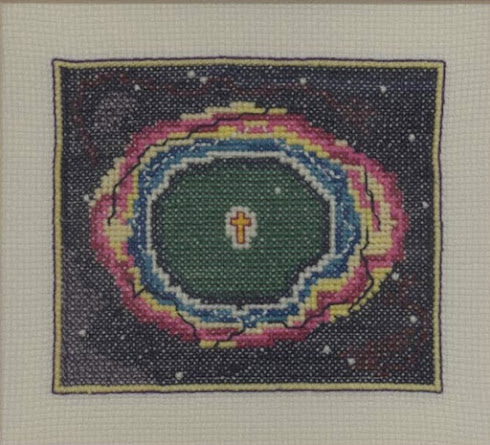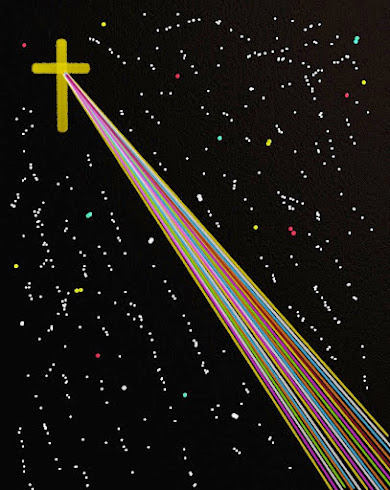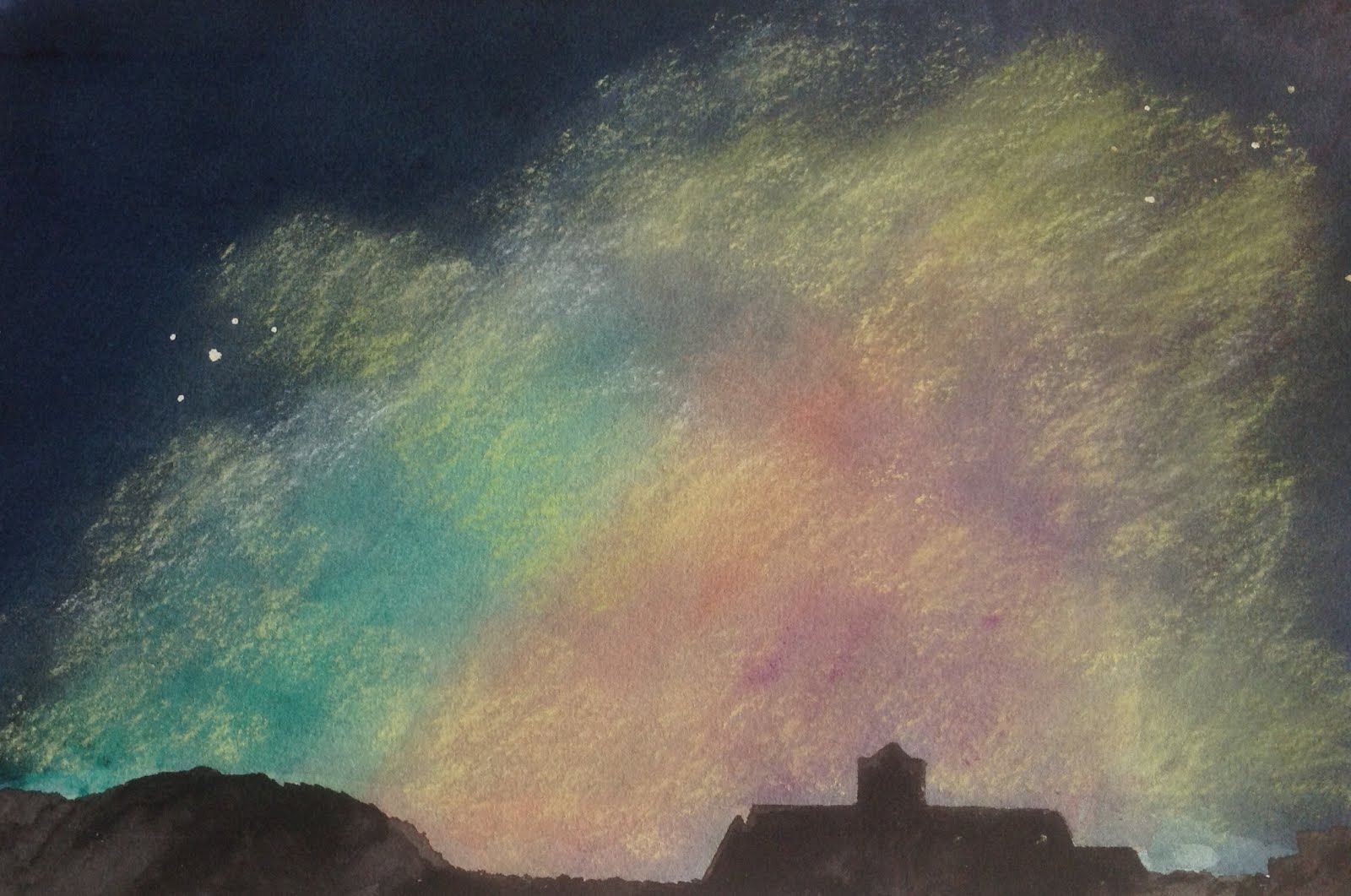For Creationtide, 1st September - 4th October there is, on this blog, a daily posting of material to help reflect on the various themes associated with this period in the Church’s year.
I have chosen one of those daily themes, especially to welcome any reader who alights on this site from the display in St Mary’s Church, Fen Ditton on the Eastern edge of Cambridge UK. But other visitors are, of course, welcome too!
Other Creationtide material (the daily posts) can be accessed from the image in the right hand column. The display is an experiment and I hope you might be caught up in the wonder of our beautiful, but fragile planet and the glories of our amazing Universe. Thank you for coming here.
In its known and unknown tongues,
Giving thanks for all existence
In its multitude of forms;
From immense to subatomic,
From primaeval to new-born.
All the fundamental forces
Dance before his heavenly throne,
Giving praise with saints and angels
For the mighty deeds he’s done;
Bringing matter out of nothing
As the universe was formed.
Let us, as his much loved creatures
Seek how we might understand
All the glory of creation,
All the beauty that he planned,
And his cosmic gift, salvation
Through Christ Jesus, God in man.
This hymn/ song was written with the meditative tune in mind to which ‘Let All Mortal Flesh Keep Silence’ is usually sung (Picardy), and with the idea that it provides a short, thought-provoking time for reflection on the immensity of the cosmos and what that says about God.
It could equally well be sung as a celebratory song of the glory of the universe and there are numerous hymn tunes with 87.87.87 metre which could be used for this such as the well known 'Praise My Soul'
There are three lines of the song that warrant brief explanation for those not familiar with current scientific understandings.
The expression 'known and unknown tongues’ is intended to allow not only for lesser known terrestrial languages but also for ‘ tongues' which may be used on planets or moons far beyond our amazing solar system. Thousands of stars are now known to have ‘exoplanets’ and ‘exomoons’ circling them similarly to our solar system, and many astronomers/cosmologists think it is more, rather than less likely, that some of these support life that thinks and communicates in ways comparable to the way we humans do.
The first line of the second verse, ‘All the fundamental forces’ could easily refer to storms, winds and floods and it is likely most people will understand it as such. But it also has a more scientific meaning. In this sense it refers to the four fundamental forces. These are the gravitational force, the electromagnetic force, the strong interactive force and the weak interactive force which between them hold matter in its place, from the component parts of atoms and molecules to galaxies.
Finally, the penultimate line of the song specifically points to the cosmic significance of Christ’s coming to us here on earth: this is a proposition which many thoughtful scientist/ Christians have written on persuasively and enthusiastically.
I hope this ‘shorthand’, note will encourage both those who use this language readily and enable those who don’t, to be drawn into the glorious mysteries of our faith, complemented by the scientific explorations and understandings of so many awe inspiring aspects of ‘our’ amazingly benign cosmos in which our planet has its being.
Further songs with similar faith and science themes can be found in the ‘Wonders of Creation’ found in the right hand column of this collection
You might also like to reflect on the internationality of the potential contribution towards the stewardship of the earth from the Christian church globally by spending ten minutes listening to one of the many versions of ’The Blessing’ which have been published during Lockdown times. Today’s choice comes from Latin America
































